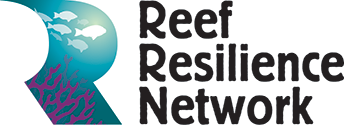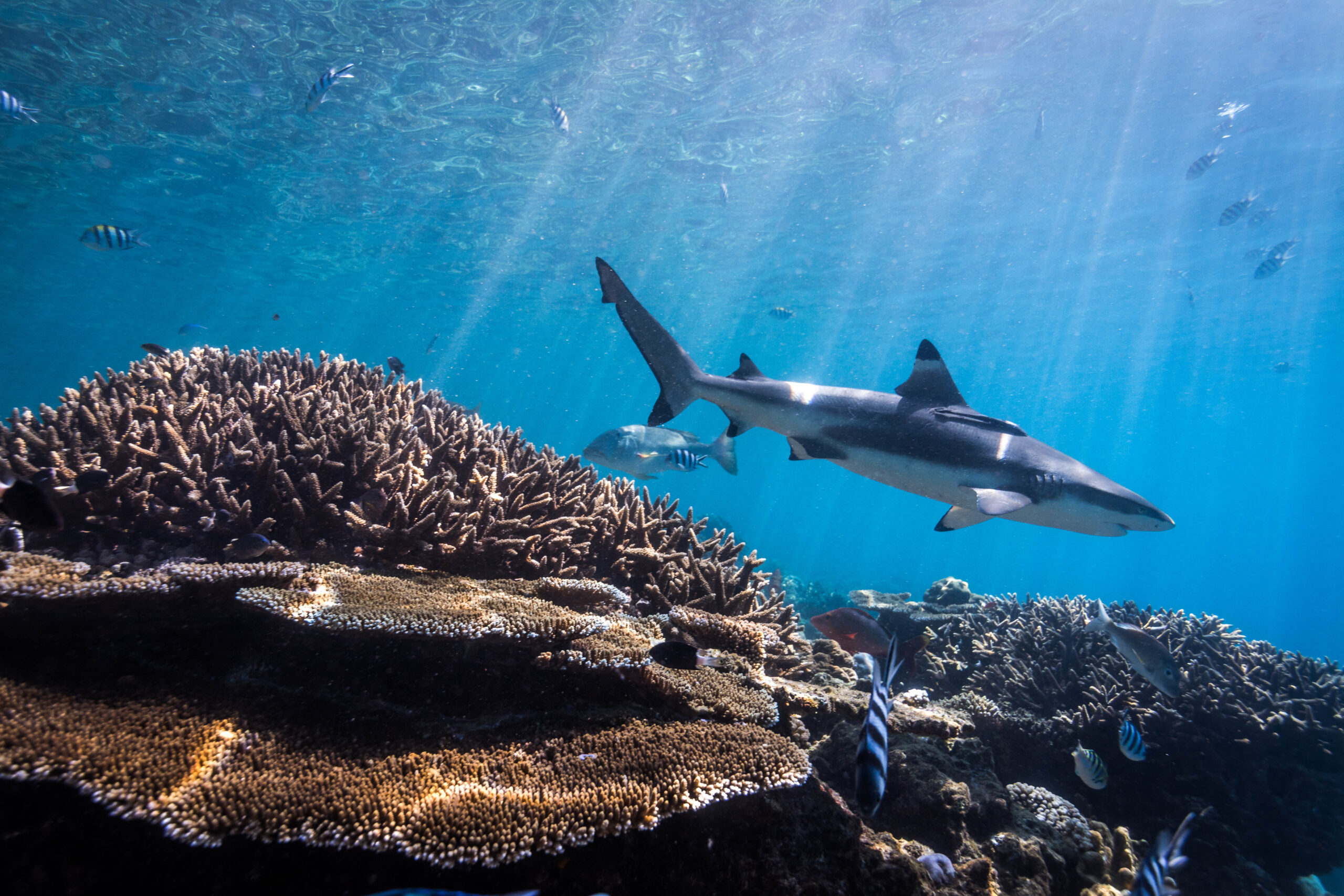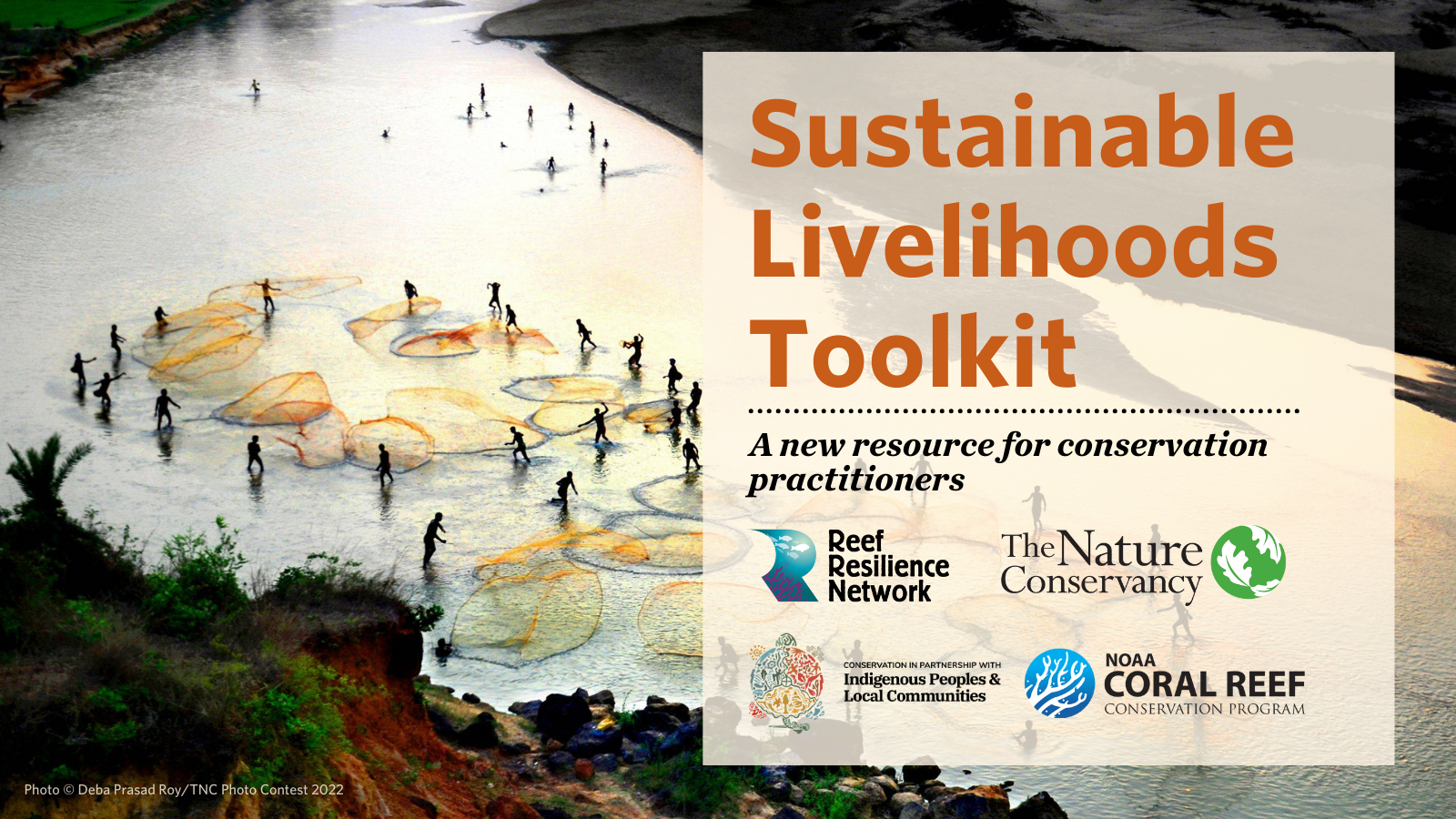This paper provides evidence of sewage-derived pollution as cause of ecosystem damage in Florida’s Indian River Lagoon, making a case for the need to improve sewage treatment infrastructure. Analysis of existing wastewater treatment (WWTP) plants show that inclusion of Advanced Wastewater Treatment (AWT) substantially mitigates pollution, although wet weather events continue to cause dumping of untreated sewage, an estimated 15 million liters were dumped in 2014. Onsite treatment systems, such as septic systems, are also acknowledged as significant sources of contaminants to the lagoon, as they serve 50% of households in the area. The need to address inadequacies in treatment system performance is demonstrated by the 45-60% of nutrient loading attributed to subsurface groundwater discharge. The Authors highlight beneficial projects connecting households to sewer lines as a pathway to prevent changes in trophic structure, including toxins from algal blooms that outcompete seagrasses and infect dolphins, attributed to sewage pollution. These negative consequences are solely associated with direct pollution, and the study shows that tidal fluctuation, or lack thereof, contributes to the vulnerability of ecosystems. This paper also cites recovery of seagrass as an indication of improvement or pollution mitigation. The results support improved treatment and discharge regulations to drive improvements to treatment nutrient removal by onsite and centralized treatment systems in Florida. These results serve as evidence for the importance of improvement sewage treatment to decrease coastal nutrient enrichment.
Author: Barile, P.
Year: 2018
View Abstract
Email for full article: resilience@tnc.org
Marine Pollution Bulletin 128: 557-574. doi:10.1016/j.marpolbul.2018.01.046


